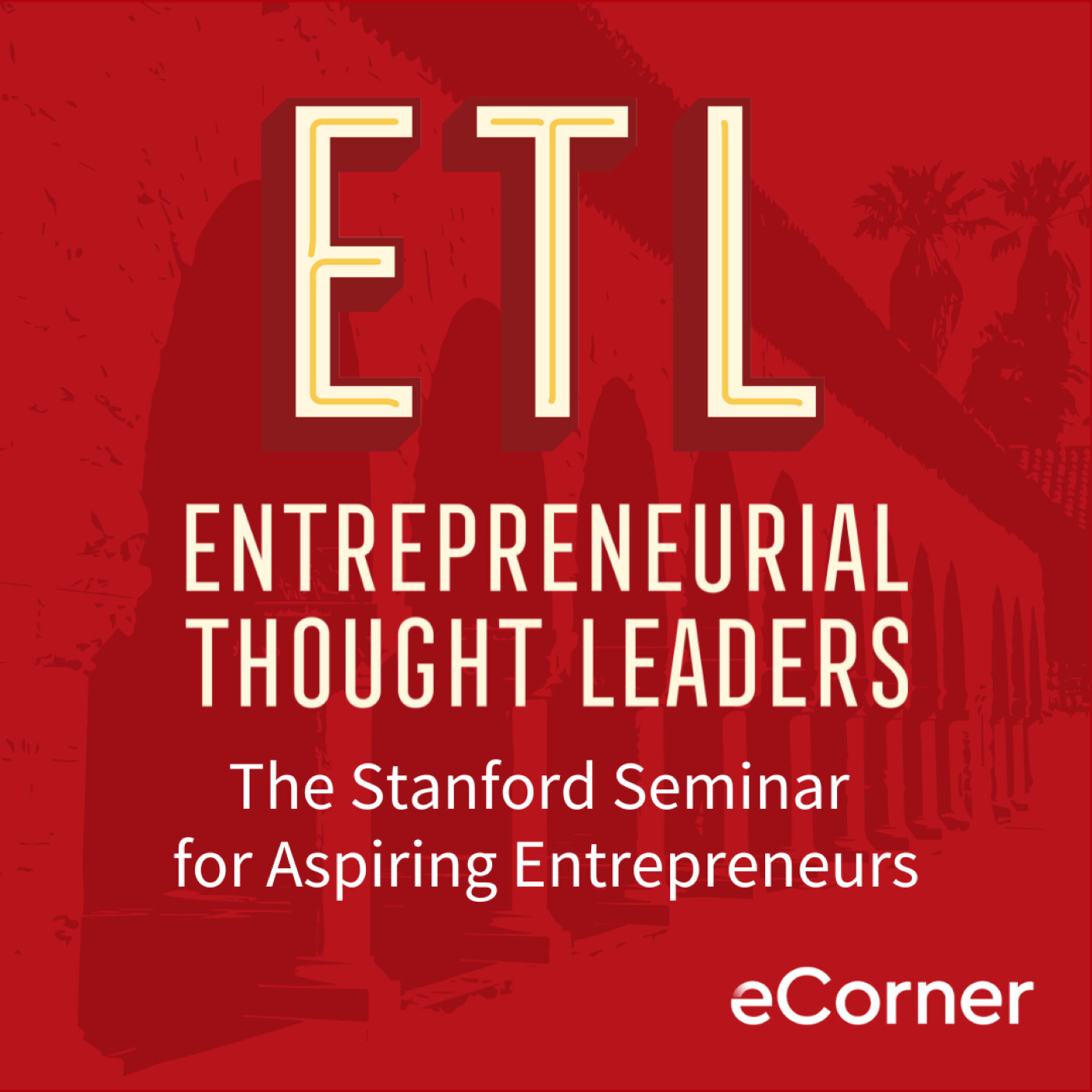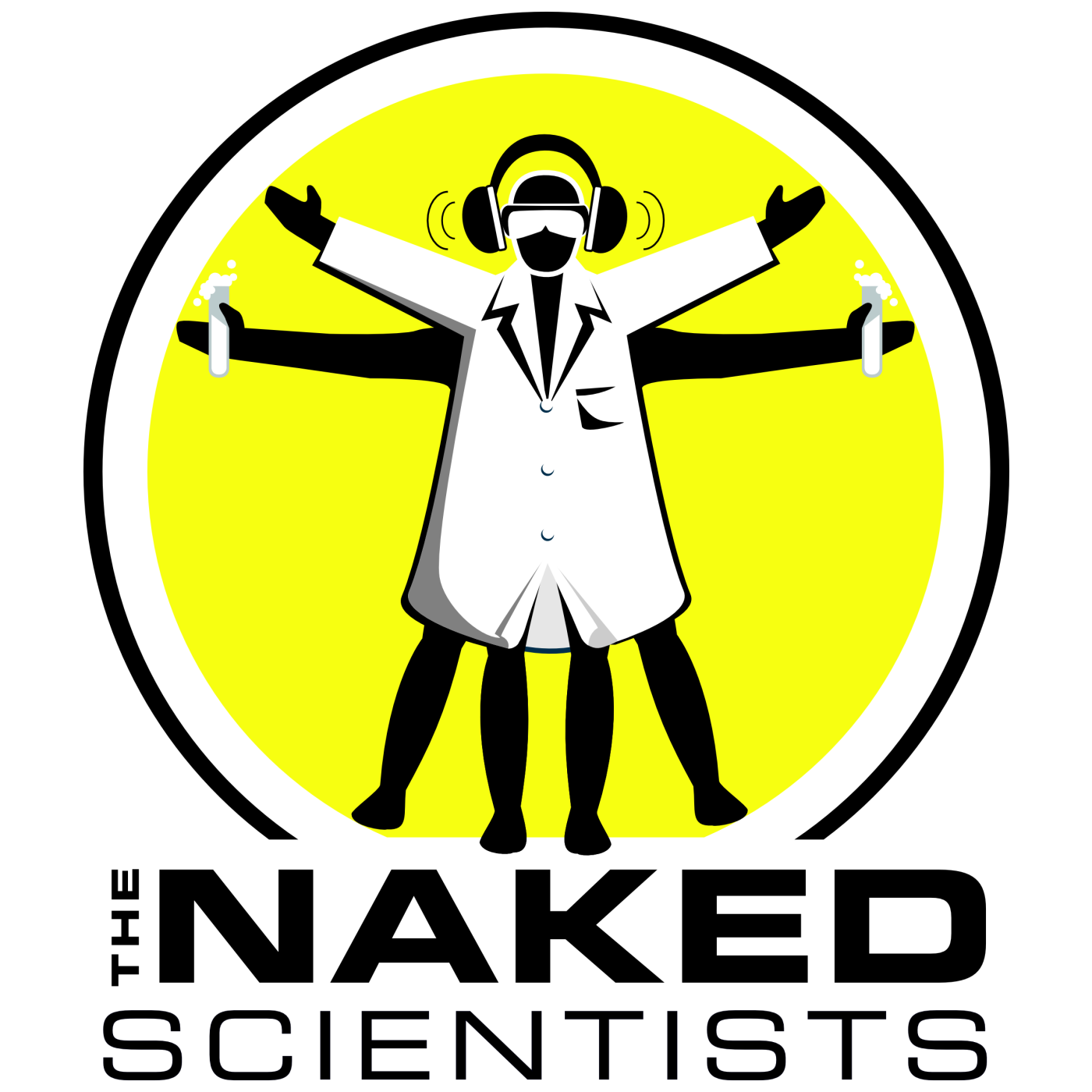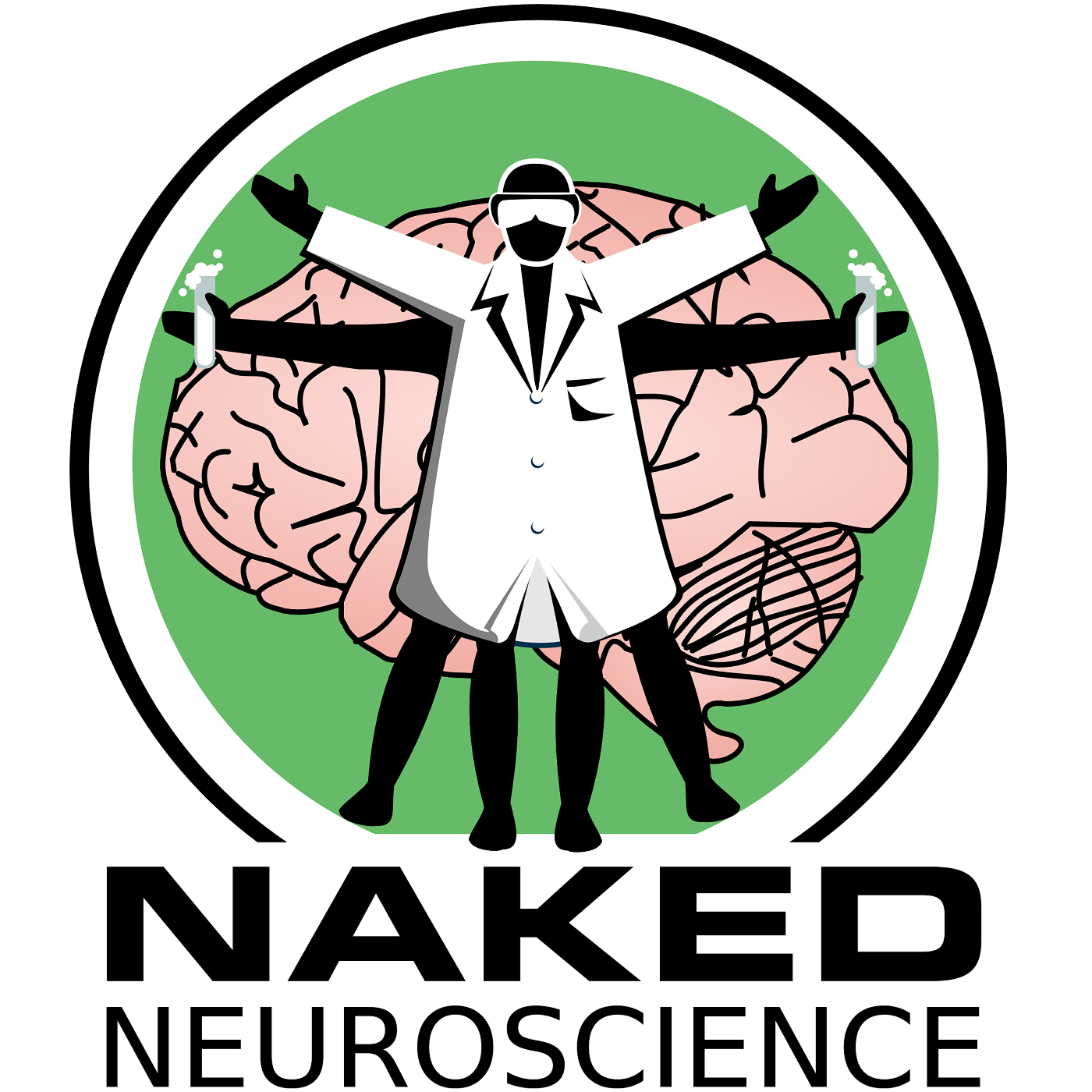
Heliox: Where Evidence Meets Empathy 🇨🇦
Join our hosts as they break down complex data into understandable insights, providing you with the knowledge to navigate our rapidly changing world. Tune in for a thoughtful, evidence-based discussion that bridges expert analysis with real-world implications, an SCZoomers Podcast
Independent, moderated, timely, deep, gentle, clinical, global, and community conversations about things that matter. Breathe Easy, we go deep and lightly surface the big ideas.
Curated, independent, moderated, timely, deep, gentle, evidenced-based, clinical & community information regarding COVID-19. Since 2017, it has focused on Covid since Feb 2020, with Multiple Stores per day, hence a sizeable searchable base of stories to date. More than 4000 stories on COVID-19 alone. Hundreds of stories on Climate Change.
Zoomers of the Sunshine Coast is a news organization with the advantages of deeply rooted connections within our local community, combined with a provincial, national and global following and exposure. In written form, audio, and video, we provide evidence-based and referenced stories interspersed with curated commentary, satire and humour. We reference where our stories come from and who wrote, published, and even inspired them. Using a social media platform means we have a much higher degree of interaction with our readers than conventional media and provides a significant amplification effect, positively. We expect the same courtesy of other media referencing our stories.
Heliox: Where Evidence Meets Empathy 🇨🇦
Light momentum turns pure silicon from an indirect to a direct bandgap semiconductor
Light momentum turns pure silicon from
an indirect to a direct bandgap semiconductor
https://phys.org/news/2024-09-momentum-pure-silicon-indirect-bandgap.html
Original Paper
https://arxiv.org/pdf/2304.14521
Photon Momentum-Enabled Light Absorption in Bulk Silicon
Source: Kharintsev, S. S. et al. Photon momentum enabled light absorption in bulk silicon. Science Advances, 10, eadf5997 (2024).
Central Theme: This research demonstrates a novel method to dramatically enhance light absorption in silicon, an indirect bandgap semiconductor, by exploiting the momentum of confined photons. This challenges the traditional reliance on plasmonic or light-trapping mechanisms for improving silicon's optical properties.
Key Findings:
- Photon Momentum as a Driving Force: Confining photons to scales below 3 nm significantly increases their momentum, enabling direct optical transitions in silicon that would otherwise be forbidden due to momentum mismatch. "Photons do not carry sufficient momentum to induce indirect optical transitions in semiconducting materials such as silicon, necessitating the assistance of lattice phonons to conserve momentum… This work introduces an alternative strategy to fulfill the momentum-matching requirement in indirect optical transitions."
- Enhanced Absorption Across Broad Spectrum: This effect substantially increases silicon's absorption coefficient across a wide spectral range, from the UV to the near-IR, effec
This is Heliox: Where Evidence Meets Empathy
Independent, moderated, timely, deep, gentle, clinical, global, and community conversations about things that matter. Breathe Easy, we go deep and lightly surface the big ideas.
Thanks for listening today!
Four recurring narratives underlie every episode: boundary dissolution, adaptive complexity, embodied knowledge, and quantum-like uncertainty. These aren’t just philosophical musings but frameworks for understanding our modern world.
We hope you continue exploring our other podcasts, responding to the content, and checking out our related articles on the Heliox Podcast on Substack.
About SCZoomers:
https://www.facebook.com/groups/1632045180447285
https://x.com/SCZoomers
https://mstdn.ca/@SCZoomers
https://bsky.app/profile/safety.bsky.app
Spoken word, short and sweet, with rhythm and a catchy beat.
http://tinyurl.com/stonefolksongs
Curated, independent, moderated, timely, deep, gentle, evidenced-based, clinical & community information regarding COVID-19. Since 2017, it has focused on Covid since Feb 2020, with Multiple Stores per day, hence a large searchable base of stories to date. More than 4000 stories on COVID-19 alone. Hundreds of stories on Climate Change.
Zoomers of the Sunshine Coast is a news organization with the advantages of deeply rooted connections within our local community, combined with a provincial, national and global following and exposure. In written form, audio, and video, we provide evidence-based and referenced stories interspersed with curated commentary, satire and humour. We reference where our stories come from and who wrote, published, and even inspired them. Using a social media platform means we have a much higher degree of interaction with our readers than conventional media and provides a significant amplification effect, positively. We expect the same courtesy of other media referencing our stories.
All right, so get this. Have you ever thought about why solar panels have to be so big? Yeah, it's a good question. I mean, it'd be amazing to have a solar panel the size of a pizza box, just powering your entire house. What if we could just like, shrink those things down? Well, scientists have actually been trying to figure that out forever, and it really comes down to this material, silicon, the stuff they use to make most solar panels. Oh yeah, silicon. It's everywhere, but I guess it has its limitations. It does. So silicon, it's what we call an indirect band gap semiconductor. Okay, and bear with me here folks, because indirect band gap semiconductor sounds kind of complicated. Yeah, it sounds very science-y, but it's actually not too crazy. Can we break that down a little? Yeah. So imagine electrons in the silicon. They're like runners in a race and sunlight, that's what gives them energy to jump over these hurdles. Okay, I'm with you. All right. Now, a direct band gap material, those runners, they just fly over the hurdles, no problem. They're like Olympians. Exactly, Olympians of the energy world. But silicon, silicon's like that runner who needs a little help. Uh-oh. They need a push from a friend to get over those hurdles. And in this case, that friend, that's something called a phonon. A phonon. Okay, I'm guessing these phonons aren't always the best at their job. Not really, unfortunately not. That whole process, needing a phonon, needing that extra push, it makes silicon way less efficient at absorbing light than those direct band gap superstars. So it's like running a race with your shoelaces tied together. Exactly, exactly. And so that is why silicon solar cells, they have to be so big, you know, to try to capture enough sunlight to really be useful. They have to make up for all those inefficient runners. Or need all that extra surface area, yeah. Okay, so what we just like got to deal with giant solar panels forever. Is there a way around this? Oh, that's the big question. And that's what's so cool about the research we're going to be diving into today. They actually found a way to sort of trick silicon, yeah, into acting more like a direct band gap material. And get this, they're doing it by shrinking light itself. Wait, wait, shrinking light? Hold on, how do you shrink light? I thought light traveled in waves. Right, it does. So this is the part that's kind of mind-blowing. They're talking about confining light to ridiculously tiny spaces, like unbelievably small spaces. We're talking about the nanoscale here. Nanoscale, and just to give people an idea of how small we're talking. A sheet of paper is 100,000 times thicker than a single nanometer. It's miniscule. So we're talking smaller than the wavelength of light itself. Exactly. Wow. Okay, so what happens when you do that? What happens when you squeeze light into a space that small? Does it, like, freak out? It does something even crazier, confine light. It actually gains momentum. And that momentum, when it's transferred, that's the key. It's like giving those silicon runners we were talking about a super boost. So they can, like, clear those hurdles without needing a phone on to push them along. Exactly. Like, they're suddenly in the Energy Olympics. And that has some really, really interesting implications. So we're basically tricking silicon into acting like a direct bandgap material, at least in those tiny little spots where the light is trapped. You got it. And that's huge, because we're talking about potentially thinner solar panels, more efficient solar panels. Imagine integrating them directly into clothing or windows. Okay, now that would be game changing, but this all sounds very theoretical. How did they actually prove this? Did it actually work? Well, that's the really cool part. They actually designed some pretty ingenious experiments. Nice. Hit me with it. What did they do? Things got interesting. Let me tell you. Right. So you said things got interesting. What exactly did they do in these experiments? Okay, so picture this. They took a tiny silicon tip, like imagine the world's smallest toothpick, and they aimed a laser at it. Right. That doesn't sound too crazy yet. But this wasn't just like your average laser pointer. They used this incredibly precise technique to focus the light from this laser onto a teeny tiny point. So they were basically like trying to hit a bullseye, but the bullseye was like microscopic. Exactly. OK. And how do you even measure what happens when you zap something that small with a laser? So they measured how the light scattered back from the silicon tip, because that gives you clues about its temperature. Smart. So what happened when they blasted this silicon toothpick with a laser? Did it like glow a different color or something? You know, when the silicon was near this really tiny gold structure. OK. Think of it like a microscopic antenna for the light. OK. Yeah, I got you. So the silicon, it melted. It melted. Yeah. Wait a minute. Are you telling you they melted a piece of silicon just by shining a light on it? That doesn't seem possible. And that's exactly what made the researchers pay attention. The power of the laser by itself, it shouldn't have been enough to just melt it, right? It's like if you focus sunlight through a magnifying glass, but on a scale thousands of times smaller. Wow. So the gold was intensifying the light, but in a super precise way. Exactly. It all comes back to this idea of confining the light. Because by squeezing these photons, these particles of light, into such a tiny, tiny space right next to that gold, their momentum gets a serious boost. And that extra momentum means the silicon gets way hotter, hot enough to melt. Exactly. That is pretty convincing. But it's science, so I'm guessing one melted silicon tip isn't enough, right? Of course not. We need more proof. So what did they do? All right. Next experiment. This time, they used a plain silicon wafer. Like a little silicon pancake. Yeah, exactly. And they scattered it with these tiny, tiny gold particles. So instead of just one silicon tip, now we have a whole bunch of these little light antennas. Exactly. And this time, they weren't trying to melt anything. Instead, they measured how much light reflected off the wafer. Clever. So what did they find? Get this. The silicon that had those gold particles, it reflected less light. So more light was being absorbed, even though it was still just like normal silicon. Exactly. And again, it goes back to those gold particles confining the light, boosting those photons' momentum. It's tricking the silicon into being a much more efficient absorber of light. Okay, so two experiments, both pointing to the same thing. This is getting pretty convincing. Right. But they didn't stop there. Oh, I knew it. There's always one more experiment. Right. What did they do next? Okay, so for their final act, they decided to get practical. By practical, you mean? They wanted to see if this could actually work in a real world device. So they turned their attention to something we use every day, the silicon photodiode. Hold on, photodiodes. Like the things that are in digital cameras. You got it. The things that turn light into electrical signals. Yes, cameras, smartphones, solar panels, anything that senses or uses light. They figured if they could make photodiodes even more sensitive to light, well, that would be a really big deal. Okay, so they're going to give these photodiodes a super sensitivity makeover with their, what was it, light-squeezing gold particle? Yeah, basically. They took a regular silicon photodiode, and you guessed it, added those microscopic gold structures right onto the surface. So did it work? Did the photodiode turn into some kind of light-eating machine? Well, maybe not a machine, but the results were really impressive. They found that the modified photodiode, when they shined a light on it, it generated a much stronger electrical signal. So it was converting light to electricity way more efficiently. Way more efficiently, just by tweaking it at the nanoscale. That's wild. We're talking about making a huge difference with just a tiny change. In the world of photodiodes, even a tiny improvement, that's a big deal. More efficient solar panels, more sensitive cameras. Sharper images, even in low light. All thanks to this whole idea of shrinking light and using it to manipulate materials in new ways. This is amazing. It really makes you think about what else we could do. It's not just silicon, right? What other materials could we transform with this kind of approach? It's like we're just scratching the surface of what's possible. So, to everyone listening, think about that the next time you take a picture on your phone or you're just sitting under a lamp. Or when you see a solar panel. All this amazing technology, and we're still discovering new things, new ways to push the boundaries. Pretty exciting, right? Absolutely mind-blowing. Well, on that note, we'll wrap up this deep dive. But the conversation doesn't have to end here.



















